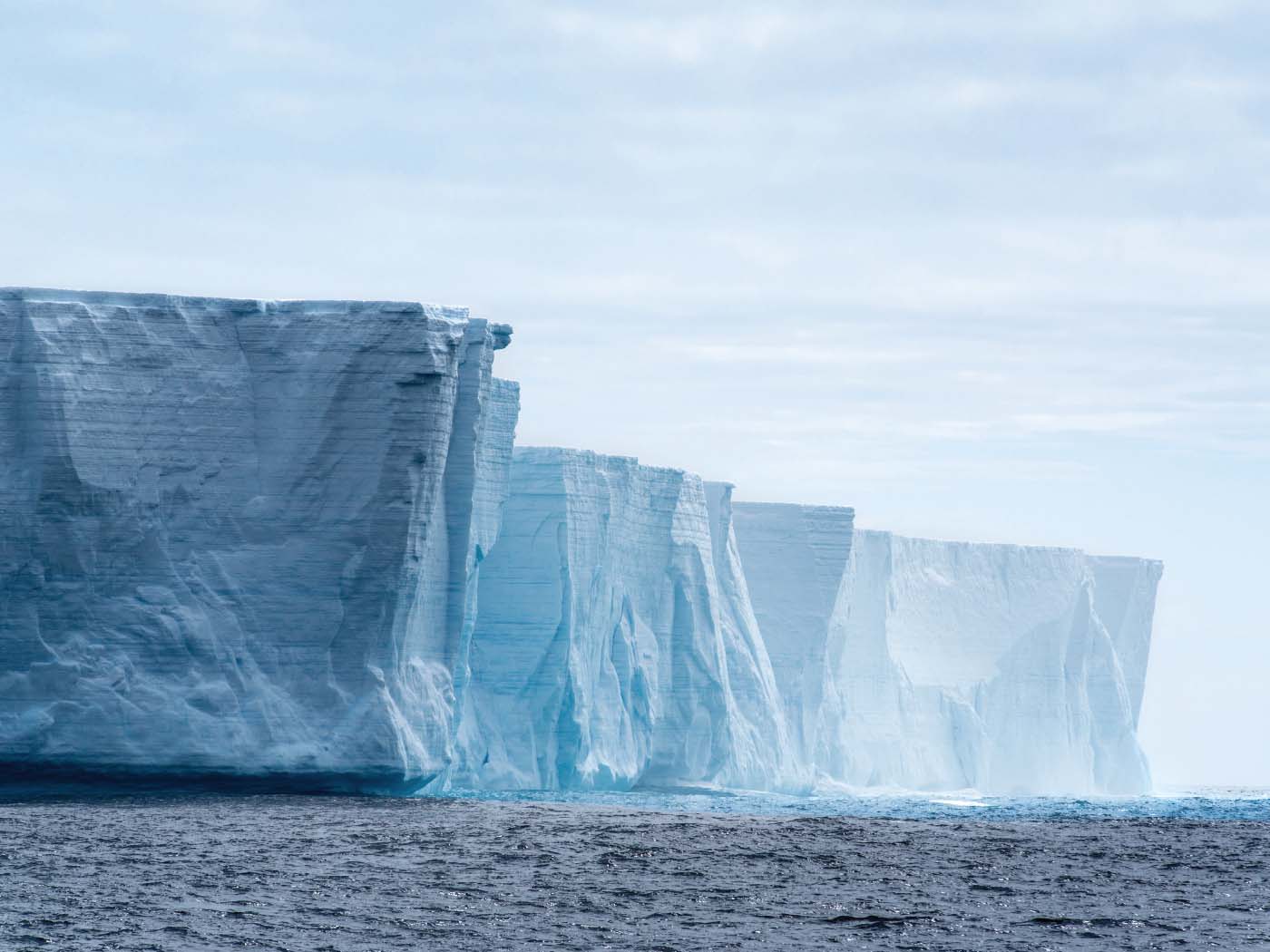A team of astronomers claims to have direct evidence that a giant planet is in the process of forming.1,2,3 How strong is this claim?
The planet, known as LkCa 15b, is one of two or three bodies thought to be orbiting the star LkCA 15, about 450 light-years from Earth. The discovery of planets around distant stars isn't new. Roughly 2,000 exoplanets are confirmed to exist.1 Many of these exoplanets have features that are extraordinarily difficult for secular scientists to explain.4
Creation scientists generally do not expect to find new planets forming today, since God created the heavenly bodies on Day Four of Creation Week, and He finished his creative work on Day Six (Genesis 1:14-19, 2:2). However, secular scientists fully expect the universe to be teeming with bodies still in the process of formation.
Some secular scientists believe LkCa 15b is exceptional because it's supposedly still undergoing significant growth, and they have put forth a number of arguments for this claim. First, the planet is inside a ring of dust that surrounds the planet's star.5 Secular scientists believe this ring formed as the planet's gravity sucked in nearby dust particles, forming a hole in the disk. Likewise, it is thought that planets in the process of formation can clear lanes or rings within such disks.6 Second, as discussed in this new paper, LkCa 15b emits infrared radiation, which secular scientists believe to be the result of material falling (or accreting) onto it.
Secular scientists insist that natural processes are sufficient to explain the origin of our universe, without the need for a Creator. If this were true, natural processes should be sufficient to explain the origin of all the heavenly bodies. Hence, for their origins story to be convincing, they must plausibly account for the origin of planets in our own solar system, as well as numerous exoplanets orbiting distant stars.
The most popular secular explanation for planet formation is closely linked to ideas behind star formation. Many believe that the force of gravity causes a slowly rotating giant cloud of gas to contract. Over time, material near the center of the cloud becomes a star, and the leftover material becomes a flattened disk of dust and gas. Particles of dust within the disk collide to eventually form much larger objects called planetesimals. The planetesimals themselves collide, forming larger and larger bodies that eventually become planets.
However, many problems plague this scenario. First, these giant gas clouds are initially so spread out that gravity is insufficient to cause them to begin collapsing. Some other mechanism is needed to begin the gas compression process. The most common proposed trigger for this collapse is the shockwave from an exploding star.7 But a theory of star formation that requires stars to already exist isn't much of a theory!
Second, the formation process appears to violate a fundamental rule in physics called conservation of angular momentum. Secular scientists have proposed ways to try and get around this problem, but they do not have a convincing explanation.8 Likewise, it suffers from other theoretical difficulties.7
Of course, planet formation cannot proceed until all these hurdles are somehow overcome to produce a new star.
Third, secular scientists are extremely fuzzy on how dust particles can collide to somehow form larger planetesimals, as dust particles tend to bounce off one another rather than stick together. This is actually alluded to by an astrophysicist interviewed in one of the popular science articles detailing this claim: "Little is known about how microscopic dust particles can grow 14 orders of magnitude to become a giant planet."3
In addition to these difficulties, it should be noted that the direct evidence for planet formation presented by secular scientists is ambiguous. Dusty disks and rings surround many stars, but such disks also surround stars that secular scientists believe to be mature and around which they do not expect new planets to be forming.9 Secular scientists speculate that these "regenerated" or "debris" disks originate from other sources, such as collisions between asteroids. Why then should one assume that the presence of a disk or ring in this particular case is evidence for the formation of a new planet?
Finally, dust may be accreting onto LkCa 15b, but this doesn't tell us anything about its age or origin. After all, the measurements upon which this claim is based were made only over the last six years!1 Although scientists cite this as evidence for planet formation, they themselves were somewhat surprised by it. Given its presumed age of 2 million years and its distance from its star, secular scientists did not expect LkCa 15b to still be growing.2
Despite the hype, secular scientists do not have "direct" evidence that planets are forming today. To obtain such direct evidence, they would have to travel to one of the solar systems where planet formation is purportedly still occurring (or observe that system with powerful telescopes far beyond our current level of technology), observe the system for a very very long time, and actually see a planet form! Of course, they simply have not done that.
References
- Sallum, S. et al. 2015. Accreting protoplanets in the LkCa 15 transition disk. Nature. 527 (7578): 342-344.
- Rzetelny, X. 2015. First images of a planet in the act of forming. Posted on arstechnica.co.uk November 18, 2015, accessed November 24, 2015.
- Sample, I. Scientists watch cosmic dust transform into newborn planet. The Guardian. Posted on theguardian.com November 18, 2015, accessed November 24, 2015.
- Thomas, B. Exoplanet Discoveries Demolish Planet Formation Theories. Creation Science Update. Posted on icr.org January 24, 2011, accessed November 24, 2015.
- Thomas, B. Did Astronomers Find an Evolving Planet? Creation Science Update. Posted on icr.org November 3, 2011, accessed November 24, 2015.
- Thomas, B. Distant Dust Disk Mixes Fact with Fiction. Creation Science Update. Posted on icr.org June 21, 2013, accessed November 24, 2015.
- Lisle, J. 2012. Blue Stars Confirm Recent Creation. Acts & Facts 41(9): 16.
- Sarfati, J. Solar system origin: Nebular hypothesis. Creation. 32 (3): 34-35.
- Darling, D. regenerated disk. Encyclopedia of Science: The Worlds of David Darling. Accessed December 1, 2015.
* Dr. Hebert is Research Associate at the Institute for Creation Research and received his Ph.D. in physics from the University of Texas at Dallas.
Article posted on December 7, 2015.
















